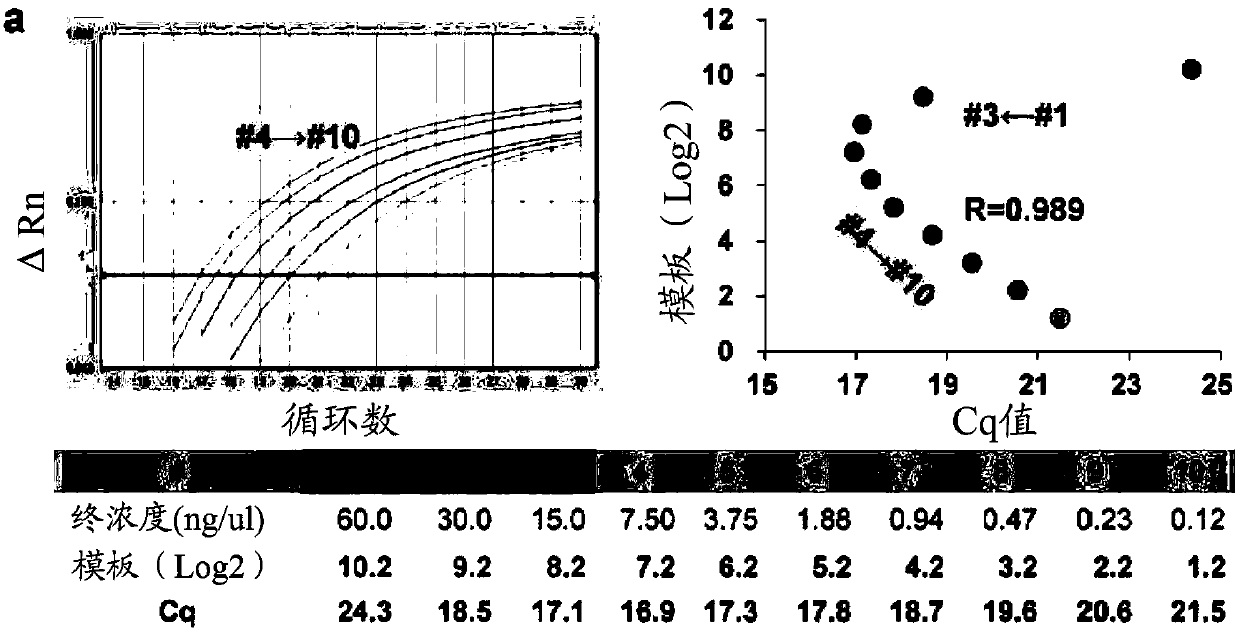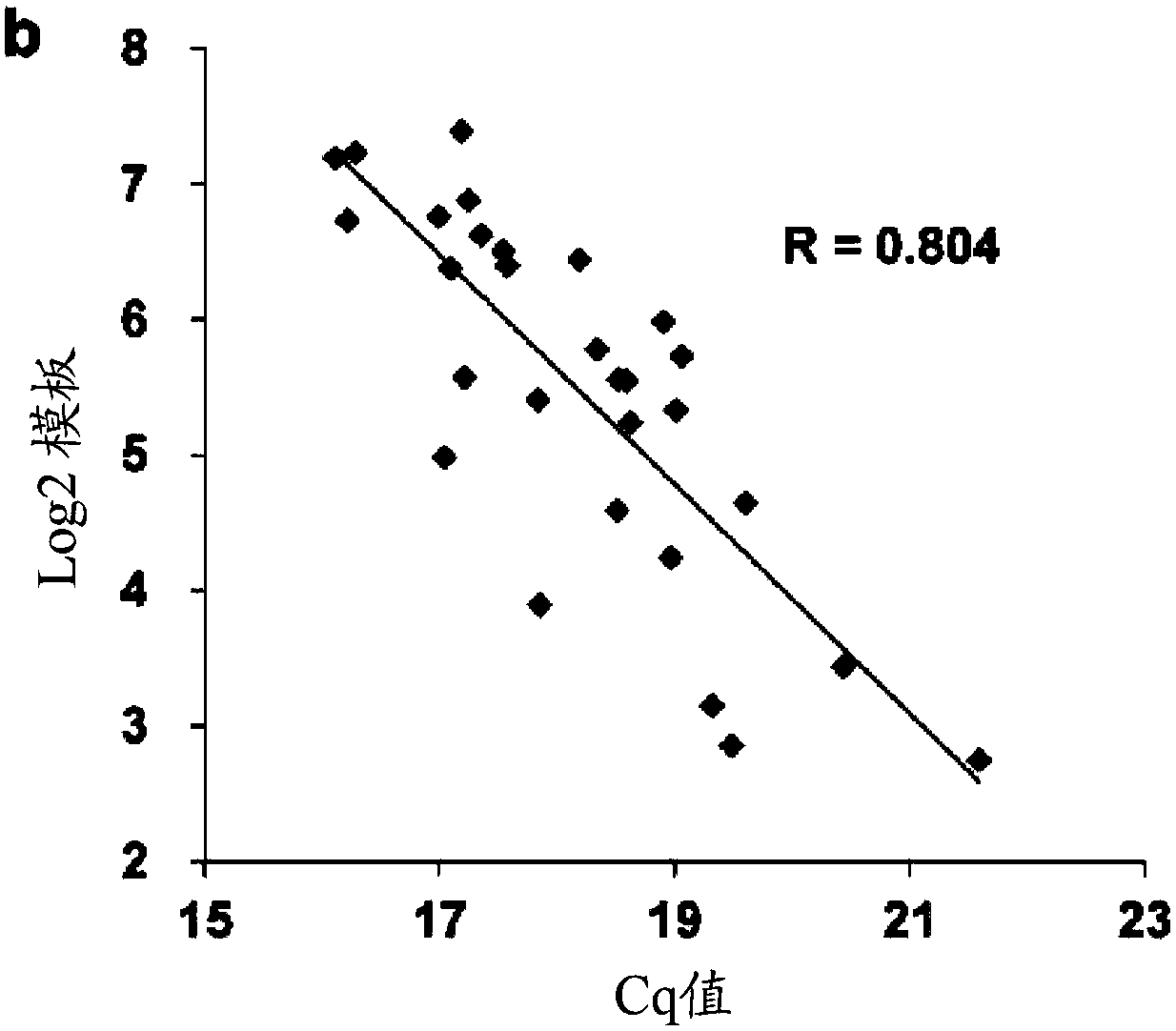Fecal bacterial markers for colorectal cancer
A technology for colon cancer, feces, applied in the field of fecal bacterial markers for colorectal cancer
- Summary
- Abstract
- Description
- Claims
- Application Information
AI Technical Summary
Problems solved by technology
Method used
Image
Examples
preparation example Construction
[0132] The preparation and screening of combinatorial chemical libraries are well known to those skilled in the art. Such combinatorial chemical libraries include, but are not limited to: peptide libraries (see, for example, U.S. Patent No. 5,010,175, Furka, Int. J. Pept. Prot. Res. 37:487-493 (1991) and Houghton et al., Nature 354: 84-88 (1991)), and carbohydrate libraries (see, for example, Liang et al., Science, 274: 1520-1522 (1996) and U.S. Patent No. 5,593,853). Other chemicals used to generate chemical diversity libraries can also be used. Such chemical substances include but are not limited to: peptidomimetics (PCT Publication WO 91 / 19735), encoded peptides (PCT Publication WO 93 / 20242), random biological oligomers (PCT Publication WO 92 / 00091), benzodiazepines (U.S. Patent No. 5,288,514), Diversomers such as hydantoins, benzodiazepines and dipeptides (Hobbs et al., Proc. Nat. Acad. Sci. USA 90: 6909-6913 (1993)), inserts Polypeptides (vinylogouspolypeptides) (Hagihar...
Embodiment
[0167] The following examples are provided for illustration only and not limitation. Those skilled in the art will readily recognize that various non-critical parameters can be changed or modified to produce substantially the same or similar results.
[0168] List of primers and probes used in this study
[0169]
[0170]
[0171] Using Bacteroides clarus, Rossella enterica, Clostridium harthavia, M7 and Fusobacterium nucleatum as stool markers for CRC
[0172] The intestinal microbiota is an important etiological factor in the development of colorectal cancer (CRC). The purpose of this study was to evaluate the utility of newly identified fecal bacterial marker candidates for the diagnosis of CRC through metagenomic sequencing. In this study, by double quantitative PCR (qPCR) analysis, in the stool samples of 439 subjects (203 CRC and 236 healthy subjects) from two independent groups, the abundance of five kinds of bacteria Degree is quantified. By double qPCR, in the stool samp...
PUM
| Property | Measurement | Unit |
|---|---|---|
| Sensitivity | aaaaa | aaaaa |
| Sensitivity | aaaaa | aaaaa |
| Sensitivity | aaaaa | aaaaa |
Abstract
Description
Claims
Application Information
 Login to View More
Login to View More - R&D
- Intellectual Property
- Life Sciences
- Materials
- Tech Scout
- Unparalleled Data Quality
- Higher Quality Content
- 60% Fewer Hallucinations
Browse by: Latest US Patents, China's latest patents, Technical Efficacy Thesaurus, Application Domain, Technology Topic, Popular Technical Reports.
© 2025 PatSnap. All rights reserved.Legal|Privacy policy|Modern Slavery Act Transparency Statement|Sitemap|About US| Contact US: help@patsnap.com



